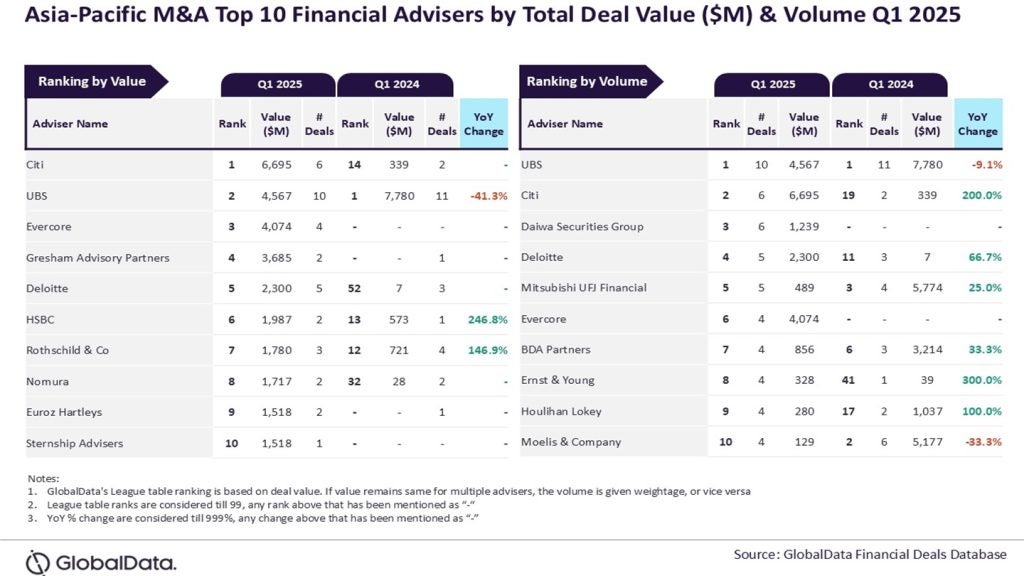After consumer insight studies and cross-industry
mystery shopping exercises, Singapore’s OCBC Bank discovered the
most important factor for customers when opening an account was
feeling their time wasn’t being wasted. The result is a new system
which minimises form-filling and maximises
interaction.
OCBC has revised its account opening system and process in a
S$20m ($15.5m) investment to make banking easier and more
intuitive.
 The
The
development is based on findings of consumer insight studies and
cross-industry mystery shopping exercises.
The study found that speedy account
opening is not the most striking differentiator for customers. More
important is the customer’s feeling that their time is used
efficiently.
As a result, OCBC’s new system is
designed to minimise the time spend on form filling, KYC and other
formalities, while at the same time maximising customer interaction
and customer engagement.
While it is industry practice to
force customers to fill out redundant information, such as names
and contact details across a pile of documents, OCBC eliminated the
use of paper completely and scans identification documents to fill
basic data points.
While this is nothing new, OCBC’s
innovation was to make the process interactive. This is achieved
through a shared computer screen showing the customer what the
branch staff is doing throughout 95% of the process and only for a
few occasions, like identity verification or anti money laundering
flags, staff will ‘unshare’ the screen to assure privacy.
Various legacy systems and
cross-checks required staff to toggle between 36 screens and manage
six systems in OCBC previously, which cost valuable time with the
customer and made the process complicated and error prone for
staff.
Today all systems have been
consolidated into a single user interface. Involving the customer
has various other positive side effects.
 While the staff is collecting additional information, the
While the staff is collecting additional information, the
customer checks and verifies on the go.
Anthony Johnson, head of business
transformation at OCBC, said: “We simply reduced the potential for
mistakes out of it. There are no typing errors as the customer
checks on the go.
“The interactive nature of the
shared screen even seems to make customers more open to share
additional information with the bank.”
More time and more interaction with
the customer lay the foundation for increased cross sell and up
sell.
Whether other products or
additional account services, such as mobile or internet banking,
are required, the new system guides staff and customers through the
account-opening process, prompting cross-sell opportunities which
can then simply be added by ticking a box.
This intuitive navigation also
allows the identification of basic needs, offering an automated
selection of suitable products. This is supported by real time
analytics providing ‘next best offer’ for returning customers.
OCBC spent $15m and 40,000 man
hours developing the new system.
Head of global consumer financial
services Ching Wei Hong said: “Operations could be slimmed down as
we eliminated forms and hand-offs from the account opening
process.
“We now do not require expensive
storage, transport, scanning of forms or data entry any more. This
allowed us to redirect operations staff to other areas in the
bank.”
 The
The
bank estimates it will recoup its investment in relatively short
period of time.
Ching added: “This will be achieved
not only through cost savings, but also through increased
cross-sell opportunities.”
Within the first two months of
launch, cross-product holding was up by about 7%, as compared to
the average for the 12-month period before the launch.
Add-on services, such as mobile,
internet banking and e-statement take-up also spiked by 25% to 57%.
The new system also resulted in productivity gains, with account
opening time reduced by 29%.
Looking forward, OCBC sees high
potential to build other applications based on this platform. The
team is currently working on the expansion of services such as
financial planning for the wealth segment, which will likely be
launched in the third quarter of 2012.
The next internet banking rollout will also adopt the intuitive
user interface, allowing easy purchase by simply ticking a box to
add a product.







